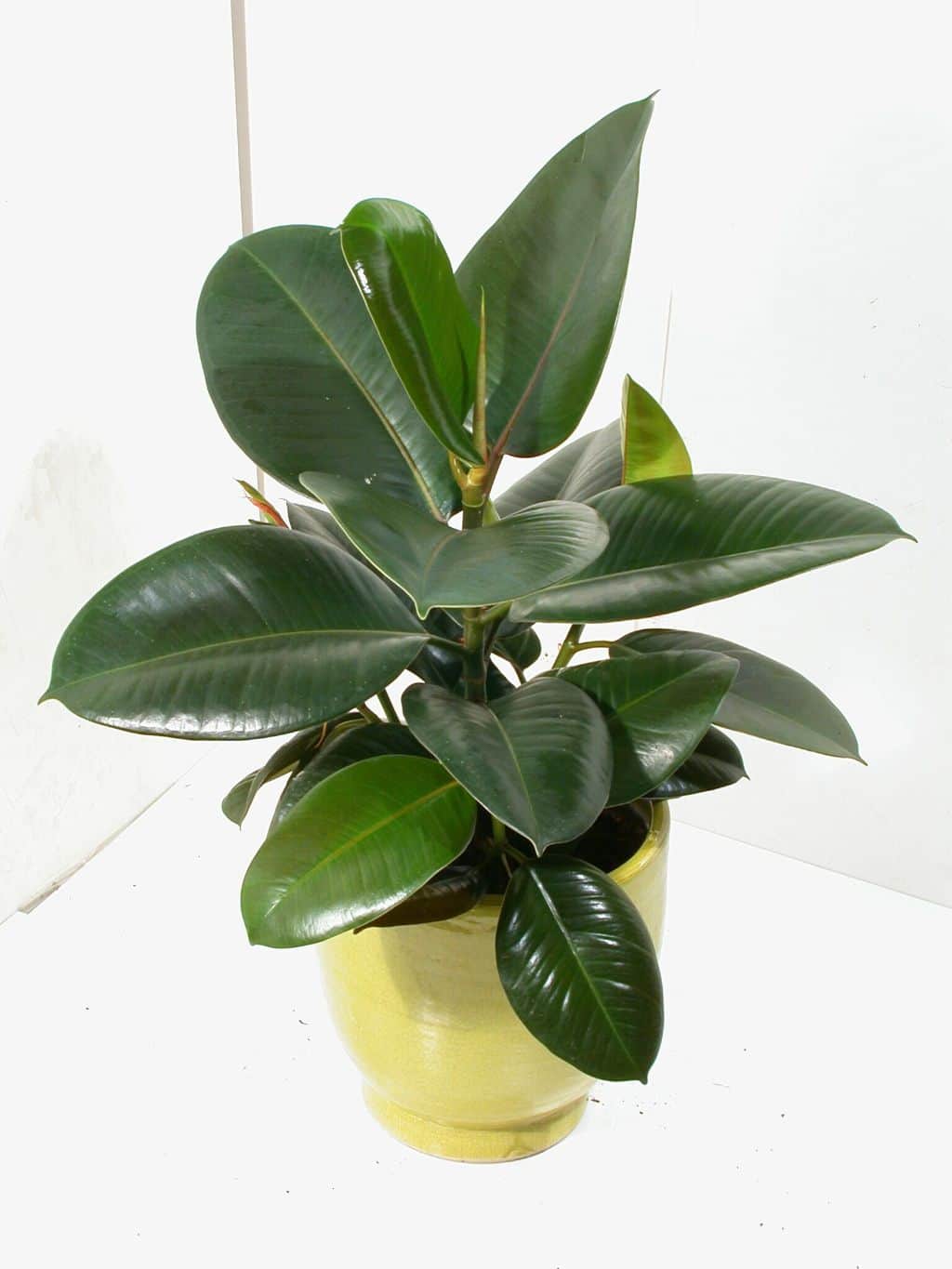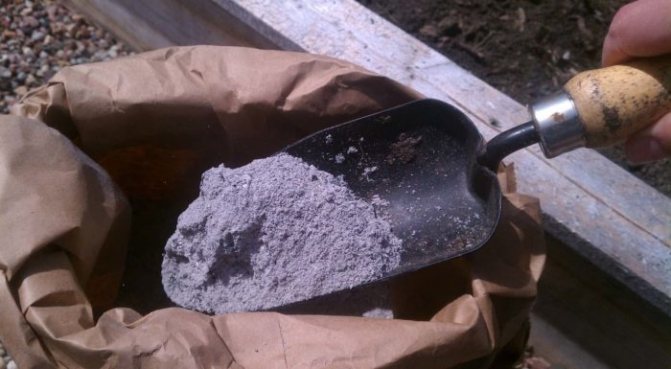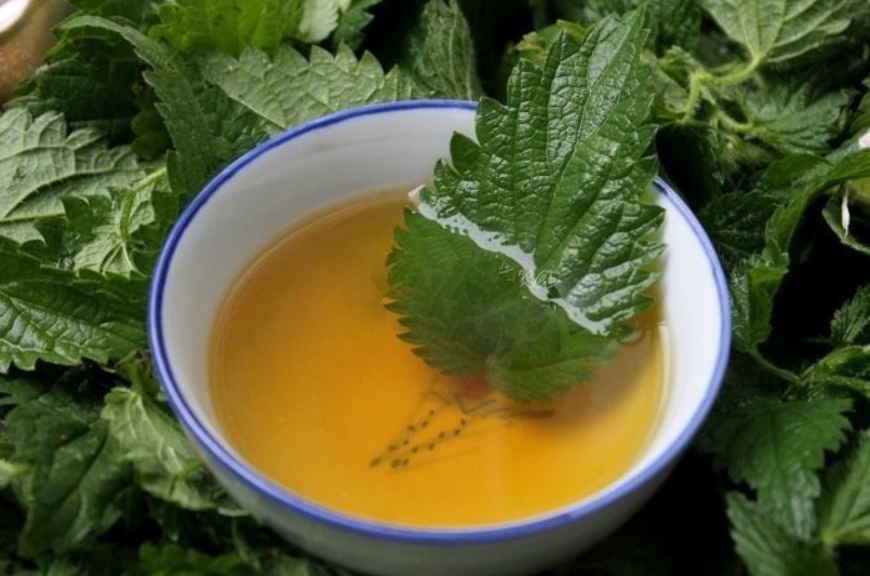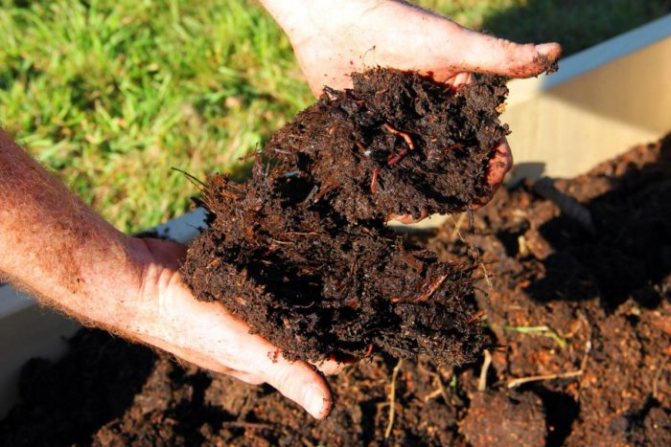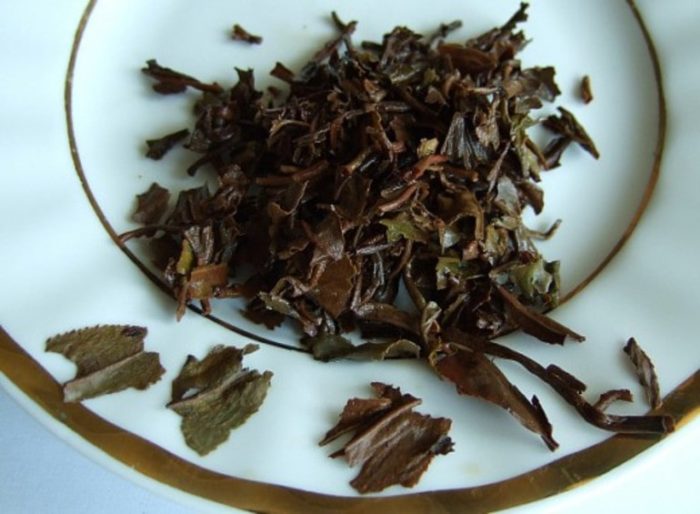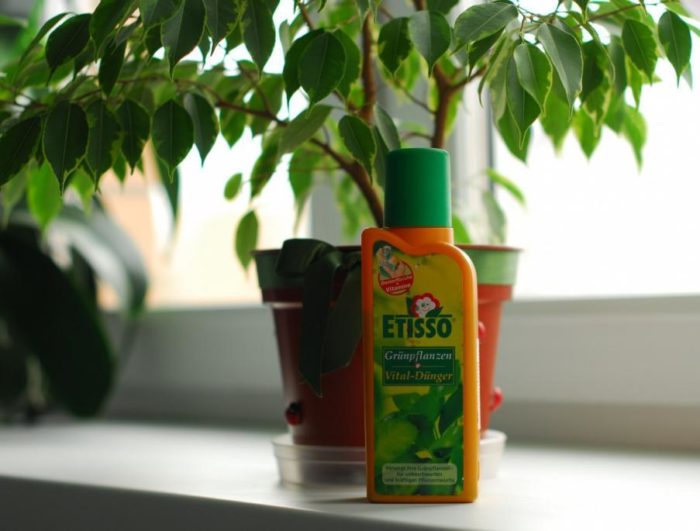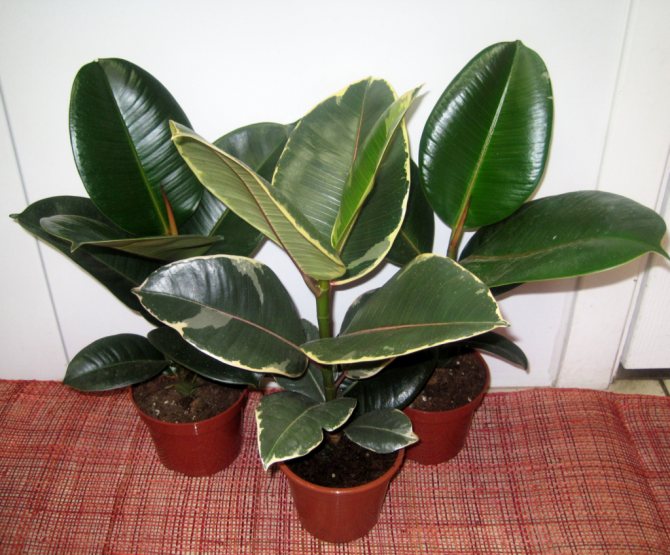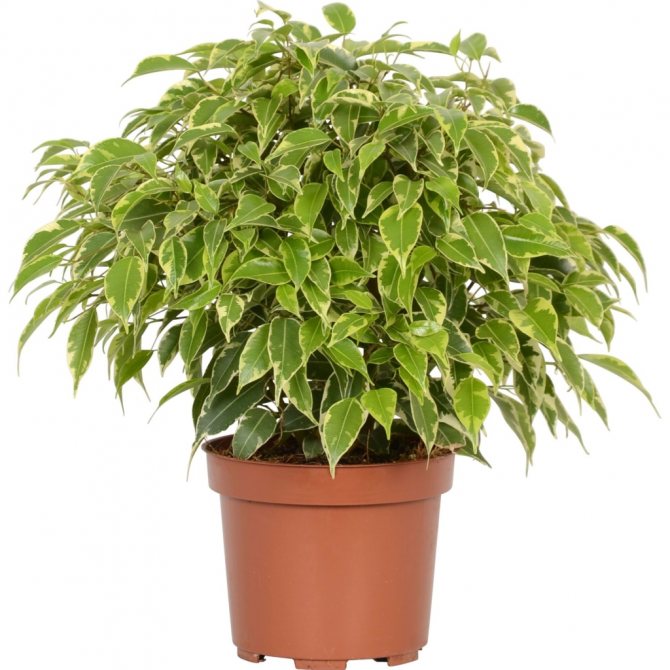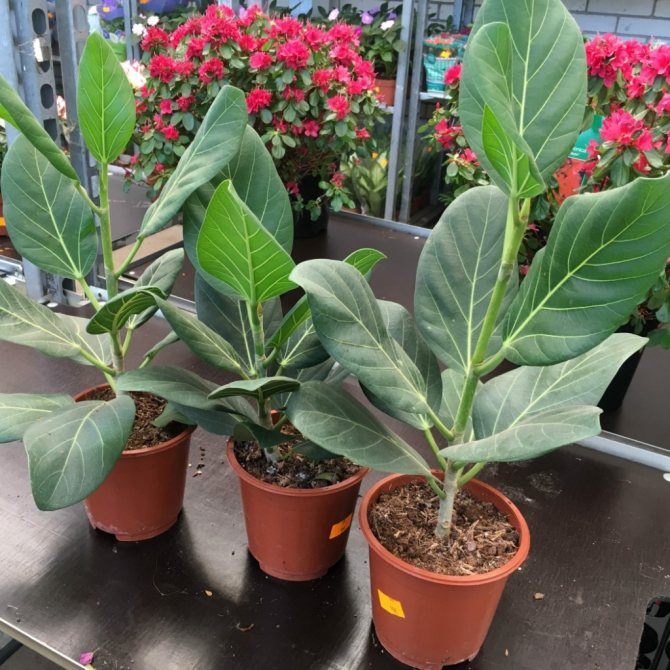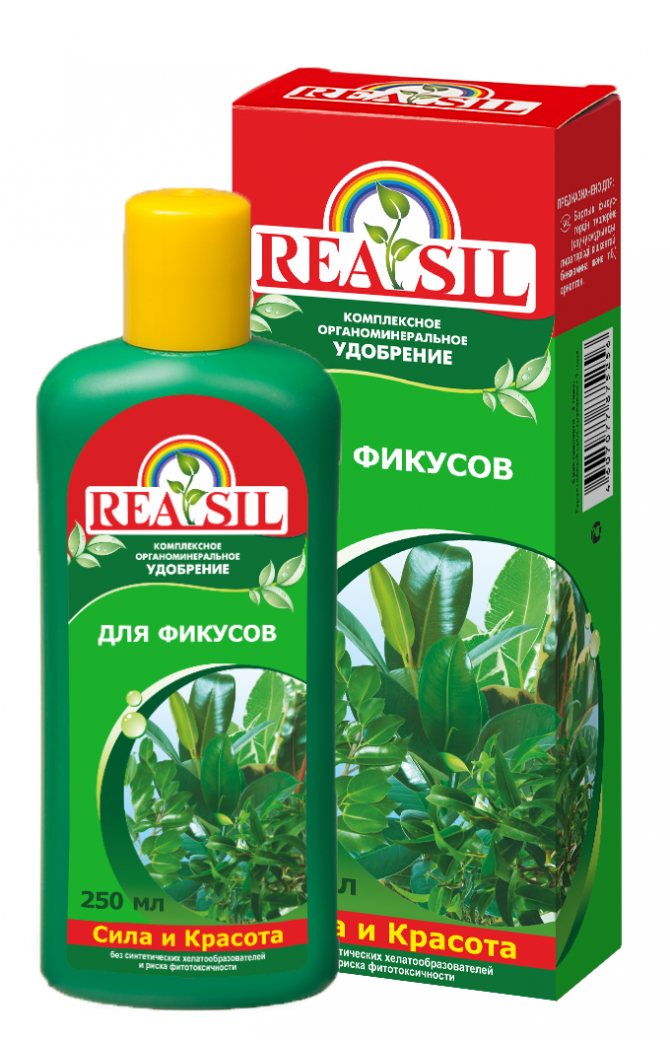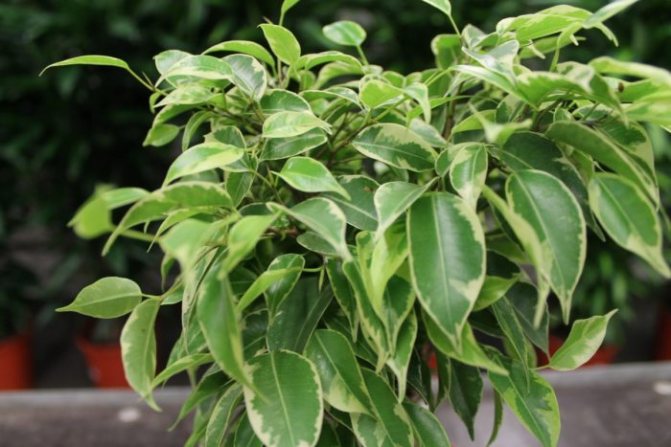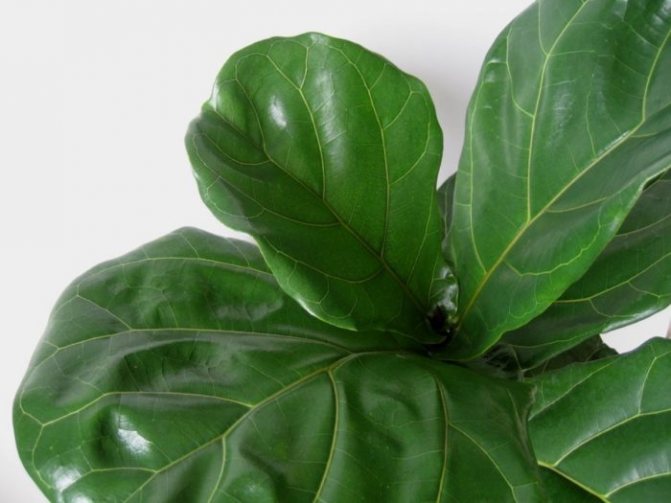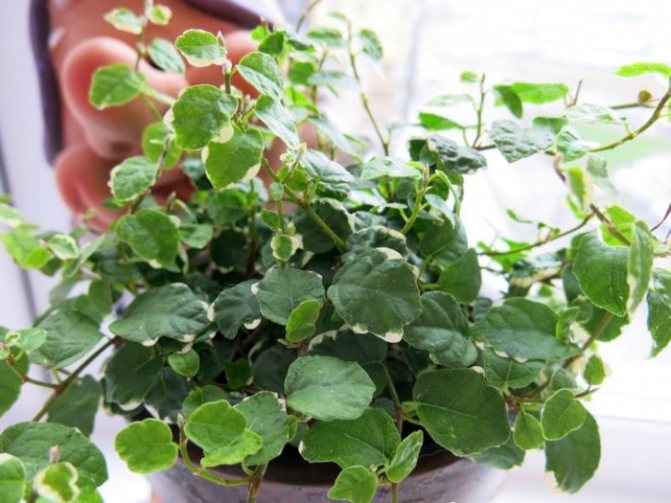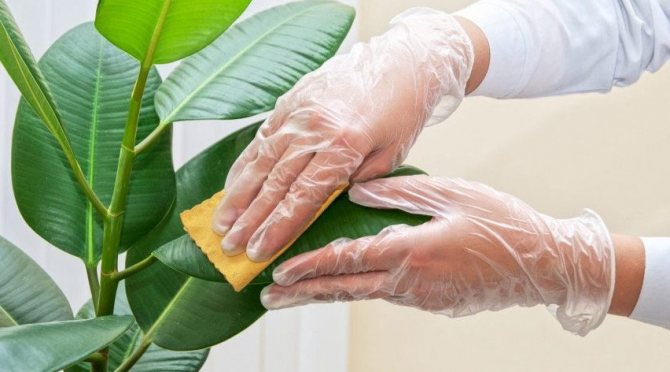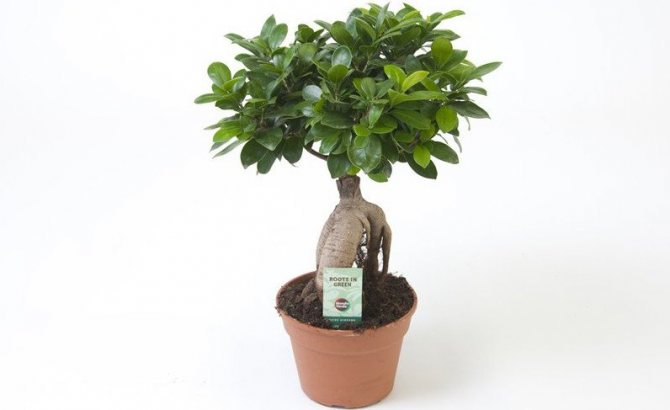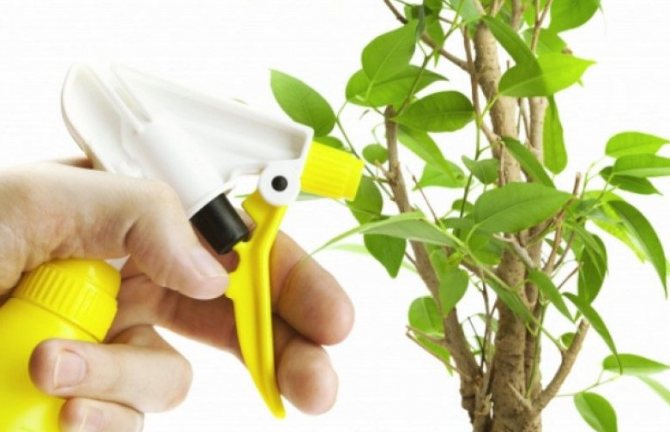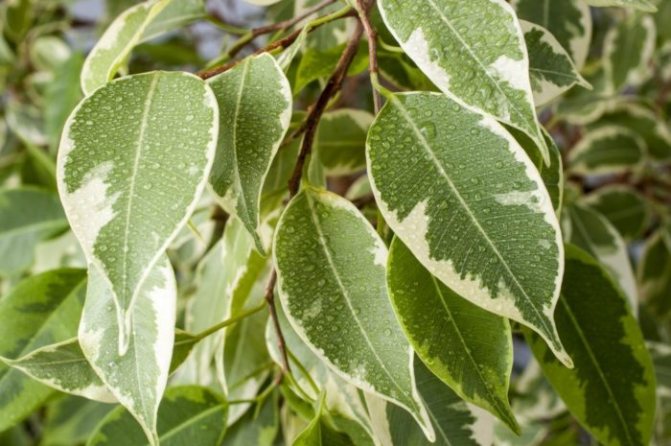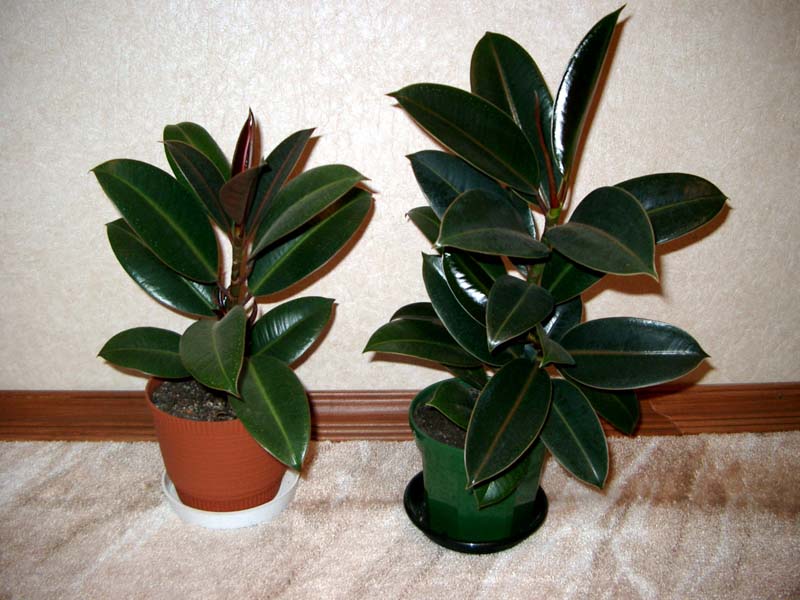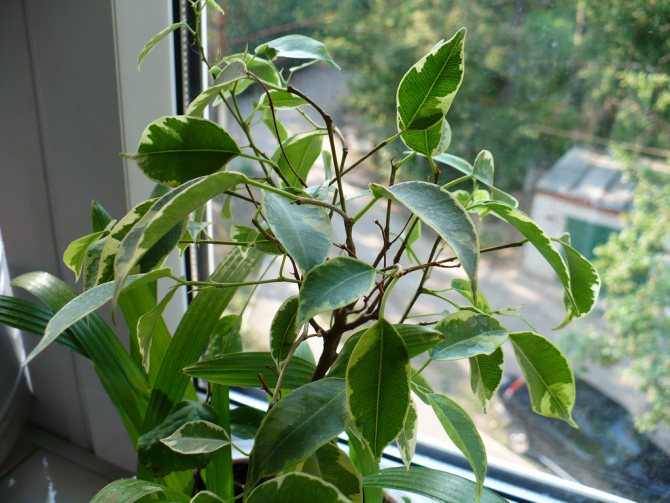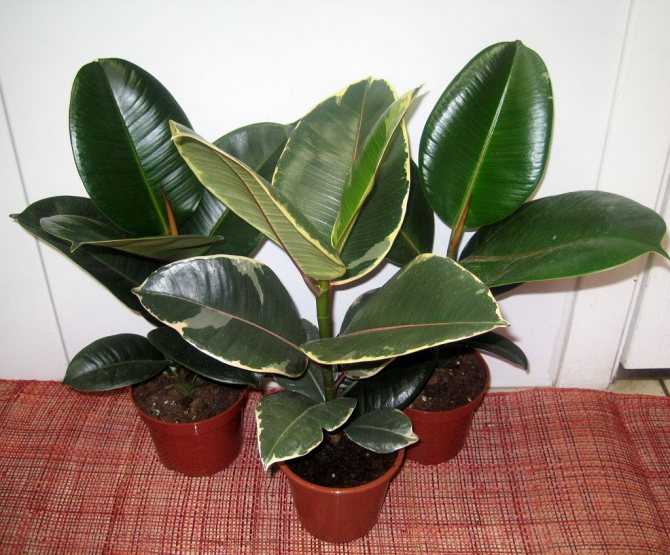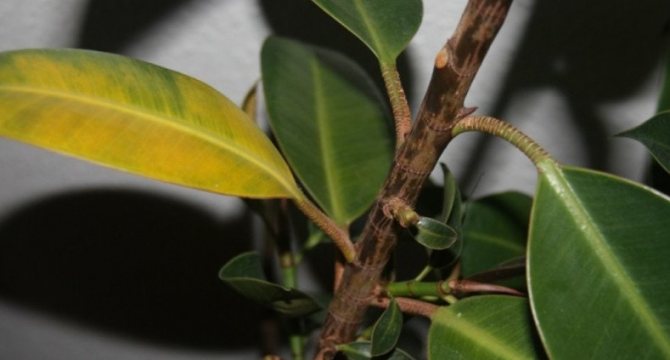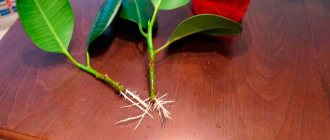Ficus is a tropical plant loved by many flower growers, which can often be found in apartments and offices. It is considered unpretentious, therefore it is preferred over other exotics. In caring for a ficus, it is necessary to observe several parameters, the violation of which can cost the plant leaves, and the owner - the loss of a decorative indoor flower. Ficus needs warmth, moisture and feeding.
Fertilizing ficus home remedies
Nettle feeding
Ficus Benjamin at home is recommended to fertilize with nettle infusion. The herb, which is commonly used for soil mulching, contains large amounts of iron, nitrogen and carbon.
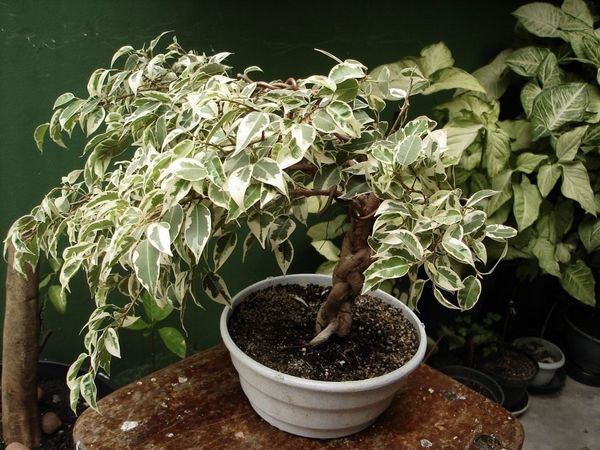
For self-preparation of the solution, you need to collect the green mass and young shoots before the time when the nettle begins to form seeds. Then the raw material is filled up to half of the plastic bottle. Add water, close and uncork after 2 weeks. The finished mixture has a dark green color, ferments, bubbles are visible on the surface. Before fertilizing the ficus root system, the liquid must be diluted with water in a ratio of 1:10. Concentration for foliage should be half as much.
Bona forte (forte bona): instructions and method of application
Complex feeding that helps to enhance plant growth and improve its decorative qualities. The solution is used for root dressing and spraying of leaves.
The composition includes:
- nitrogen, phosphorus, potassium - for proper nutrition of the flower;
- magnesium - enhances photosynthesis, improves leaf color, prevents aging;
- vitamins (PP, C, B1) - to enhance plant growth;
- trace elements (boron, iron, manganese, zinc, copper, molybdenum, cobalt) - flower nutrition;
- succinic acid is a growth stimulant.
Important! Trace elements in top dressing are contained in a chelated form. This ensures full digestibility and prolonged action.
To enhance the efficiency of fertilization, root application and spraying are used simultaneously. For root feeding, 10 ml of the drug is diluted in 1.5 liters of water. For spraying with the same amount of liquid, you will need 5 ml of fertilizer.
In the spring-summer period, feeding is used once a week. In winter and autumn, it is enough to use the drug once a month. The diluted solution can be stored until the next watering.
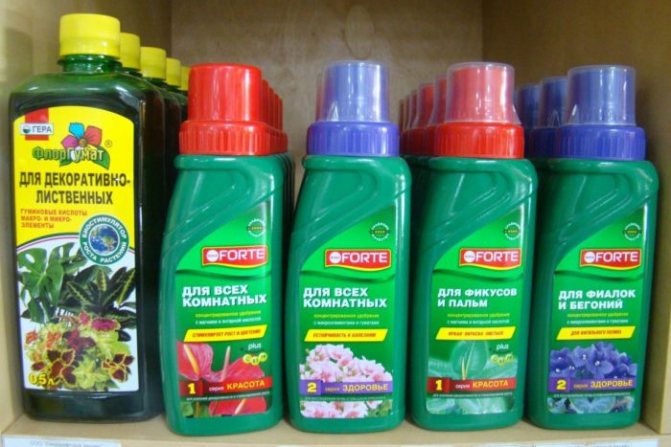

Organic fertilizers
When caring for indoor ficuses, you can add ready-made organic dressings. They are sold in the store, devoid of a specific pungent odor, the dosage is indicated on the package.
You can actually make top dressing yourself. Organics based on extracts from horse or cow manure are not considered highly effective. It is better to use humus based on bird droppings for Benjamin's ficus at home. To prepare it, 3.5 g of humus must be combined with droppings in 1 liter of water.
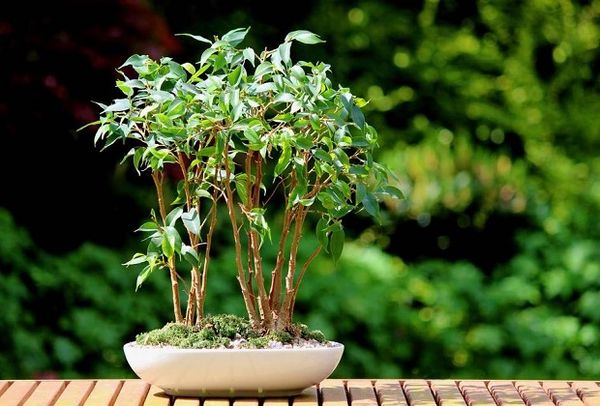

Humus from other manure or mullein is usually bred at the rate of 1 g of raw material per 1 liter of water. Any such solution can be used for plants that are large and healthy. If we fertilize indoor plants with fresh humus, a specific smell will be felt for another couple of hours.
How and with what to feed ficus at home?
There are two types of fertilizers: mineral and organic. Both are suitable for feeding, but they are used at different periods of flower development.


Organic feed
A prerequisite for providing the ficus with the necessary substances is the introduction of natural organic fertilizers.
The organic group includes:
Mineral fertilizers
Such fertilizers are usually called chemical compounds, geological deposits, parts of mountain minerals, as well as industrial waste. It is really possible to stock up in the store with a universal fertilizer designed specifically for caring for ficus - such as Agricola for ficuses, Bona Forte, Pokon, REASIL. In total, for such an indoor flower, 13 micro and macro elements are required. Currently, Benjamin's ficus is fertilized with mineral preparations produced in dry (powder, tablets, granules), liquid (solutions) form and in the form of prolonged sticks. For dry feeding, tablets, granules or powder must be added directly to the ground or slightly deepened into the top layer.
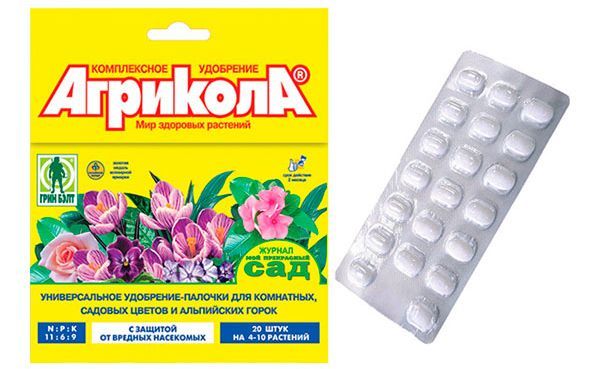

In the process of carrying out the next watering, the components of the product will dissolve. Liquid solutions also have a beneficial effect on home flowers. They are usually used for spraying and feeding crops under the root.
Prolonged sticks are advised to be placed in the soil under the root system of a room culture.
How often do you need to feed
Fertilize ficus regularly and on time, following the recommendations of experienced florists. In spring and summer, different feeding should be made.
An adult powerful ficus is capable of depleting the soil in just 2 months, so there is no point in replanting it regularly. It is recommended to instead fertilize the soil, thereby providing the plant with nutrients.
Spring and summer
It is necessary to feed ficuses in spring and summer due to the active vegetation of the plant during this period. It is necessary to help the flower to grow green mass, to consolidate in the soil. To do this, the soil should be enriched with nitrogen. Both organic and mineral feedings will do, but alternate rather than apply at the same time.
Autumn and winter
In winter, when daylight hours are reduced, the vegetation of the plant is suspended, so there is no need for frequent feeding. You can only periodically water the flower with low-concentration nitrogen growth, but only if the ficus grows in conditions close to summer, - a certain indicator of humidity, warm air, an additional source of light.
How to understand that the ficus needs feeding
Signs that the flowerpot is experiencing a lack of fertilizer are:
- slowdown or complete cessation of growth, if this factor is not associated with pruning or features of the ficus variety;
- loss of elasticity of foliage, pallor, yellowing, the green part may begin to fall off;
- thinning of young shoots, weakness of shoots, drooping of the crown;
- manifestation of fungal diseases;
- damage by pests.
Feeding indoor plants should be regular. If we are talking about a "neglected" ficus, which has undergone fungal diseases or damage by harmful insects, then it cannot be fertilized. First of all, you need to cure the indoor flower, and only then revitalize it. Otherwise, a weakened plant will not be able to assimilate minerals and organics, and diseases will only progress.
succinic acid
When deciding what is the best way to feed the ficus at home, you can opt for succinic acid in the form of tablets. They contain a colorless substance that dissolves quickly, affects the good absorption of nutrients from the soil by plants, their intensive and correct growth. And it also makes the color of the foliage brighter, prevents stress, increases the degree of flower immunity.


To prepare a solution, 1 g of acid should be dissolved in 1 tbsp. l. water, then this solution is poured into 1 liter of water. From such a basic agent, a home solution will be prepared for application under the root and foliar system. Your handsome man will need such fertilizer at most once a year. There is one important rule: it is not recommended to store the finished product for more than 3 days. Spraying with a solution of succinic acid is an excellent prevention against the appearance of pests and diseases.
Features of the procedure in summer and winter
The frequency of watering ficus depends on the season. Summer and winter watering regimes for ficus are different. The microclimate of the room where the plants are located is also important. While maintaining a constant high room humidity, weekly watering will be sufficient.
In winter
In winter, we reduce the frequency of watering to once every 10-14 days. If this is not done, then the plant may react in the form of loss of leaves.
Leaves must be sprayed with water all year round, all types of ficuses love moisture. Sometimes you can arrange a rain shower for a tree to remove dust, but not with hot or cold water, but only at room temperature.
During the shower, you can cover the ground and roots with polyethylene to prevent excessive moisture or leaching of nutrients from the soil. You can also wipe the leaves from dust and dirt with a damp cotton cloth.
In summer
In the period from March to September, ficuses are advised to be watered every 3-5 days. In hot summer, the need for water increases, you can water the ficus once every 3 days.
Root dressing
Another fertilizer most suitable for Benjamin's ficus is wood ash. It contains many minerals. Hall-based root fertilizers will be needed by your plant during the soil preparation and transplant phase. Pour 1 liter of boiling water over 1 tbsp. l. wood ash, infuse for 1 week. The solution must be stirred daily. The finished product is required to water the plant directly under the root.
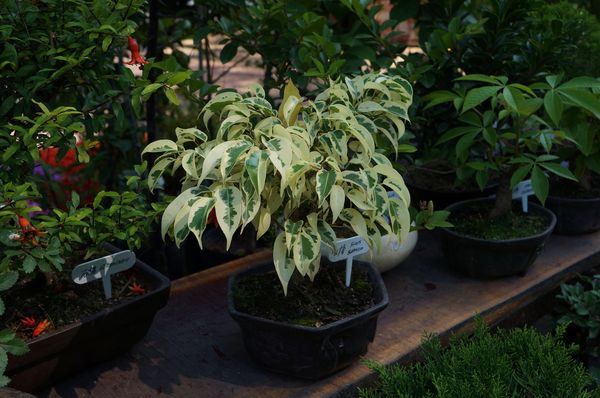

Waste management
Household waste is the most affordable organic fertilizer for ficuses. Not all of them should be thrown away, as they can be of great benefit to the tree, but not all of them are suitable for this purpose. For example, calcium ficus is definitely not needed, so the use of eggshells should be immediately excluded.
The popular “method” of watering the plant with water left over from boiling eggs is fundamentally wrong. Do not put in a pot and eggshells. As for other organic substances, many of them are perfect for wood:
- sweet water based on regular sugar contains glucose, which will help the ficus to better absorb the soil composition. Often 40 grams of sugar per liter of water is taken, but experienced growers recommend simply sprinkling the soil in the pot with sugar (closer to the roots), and pouring a small amount of the available EO product on top. Thanks to a natural chemical reaction, the effectiveness of sugar will be many times higher;
- coffee grounds perfectly loosen the soil and provide it with good air permeability. It needs to be collected and gradually added to the pot, gently mixing with the ground. It is not recommended to leave the coffee grounds on top - due to the fact that midges will immediately fly in. To regulate the acidity index and not “over-acidify” the earth with the coffee composition, a little dolomite flour should be added to it;
- tea leaves - this means the one that has just been used. Fresh tea should not be used, as it is very aggressive. The best option is just classic black tea, which does not contain dyes and fruit additives. It is important not to overdo it with tea leaves - in order to avoid mold in the pot. Green and herbal teas will not do the tree any good;
- fruits and vegetables are rich in nutrients. Among them is the famous banana peel, so beloved by summer residents. In addition to it, onion husks are used, peeling from potatoes, in the form of a crushed composition, which is infused for several days. When it decays enough, it will be invaluable to the ficus. It is better not to use orange peels, especially fresh ones, as the essential oil they contain can harm the soil and the plant.
There are many fertilizer options for ficus trees. The main thing is to use them correctly and not to overdo it, and the undoubted advantage is that most of the nutrients can be obtained absolutely free of charge, although the use of specialized mineral compositions should not be ruled out either.
Ficus and fertilizer for indoor plants:
Foliar dressing
This procedure involves "dusting" the plant with wood ash in order to get rid of pests and diseases. Another foliar feeding of Benjamin's ficus is carried out for better growth of deciduous culture by a crop. It should be held in March - mid September.
For self-preparation of the solution, take 2 liters of pure spring water, put there such components as 0.2 g of potassium salt, 0.8 g of ammonium nitrate and 1 g of superphosphate. It is permissible to water the soil in a pot with such a nutrient mixture only when it is wet. It is recommended to alternate these mineral irrigations with organic ones. Make sure that the solution does not get on the surface of the foliage and trunk. If desired, the indoor flower can actually be nourished with a preparation with trace elements or with a complex product sold in a store in finished form.
Watering quantity
Water the ficus carefully, distributing water over the entire surface of the substrate. The next day after watering, the substrate must be carefully loosened, trying not to touch the roots, this contributes to better aeration of the substrate.
Watering quantity depends on the size of the pot. If the ficus is outdoor, then the volume of water can be several liters. Most of the suction roots of the ficus plant are at the bottom of the pot, so there must be enough water to wet these roots.
If the ficus is dry for some reason, then the pot must be immersed in a container of water, removed after the bubbles stop rising and the excess water is allowed to drain. If this procedure did not help revive the ficus, then perform anti-aging pruning.
If water after irrigation quickly flows through the drainage hole, then this signals that it is time to transplant the ficus.



